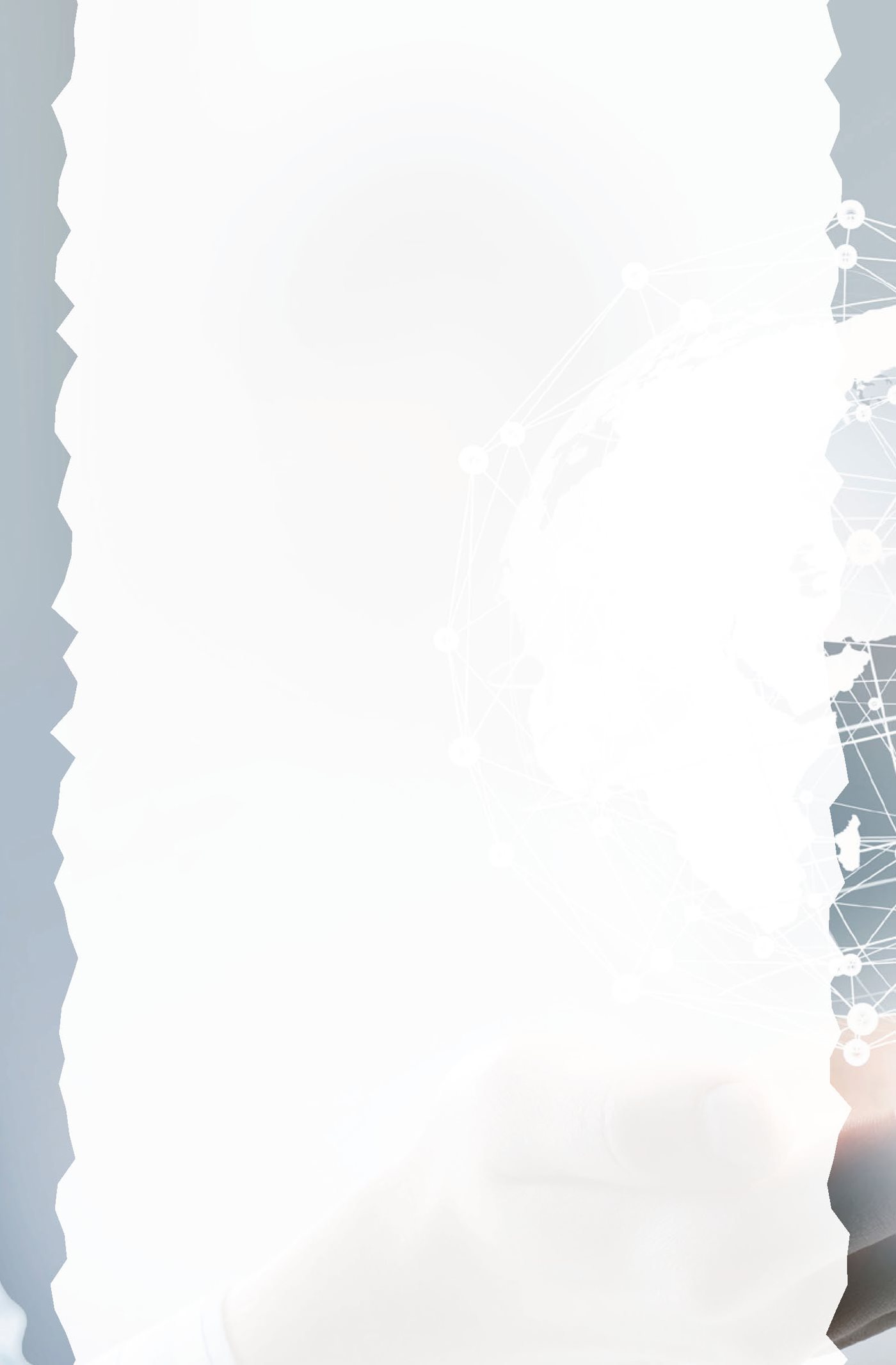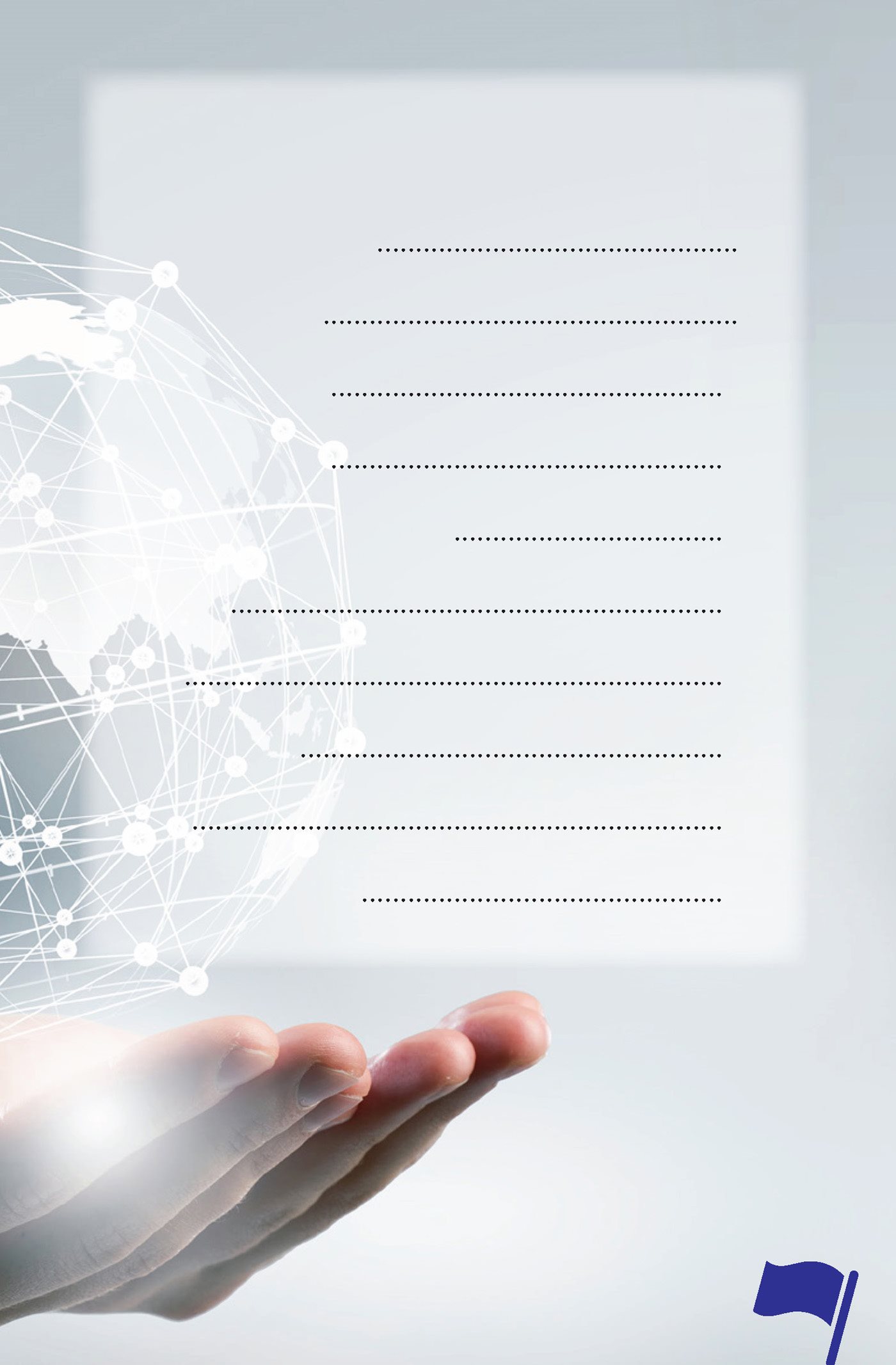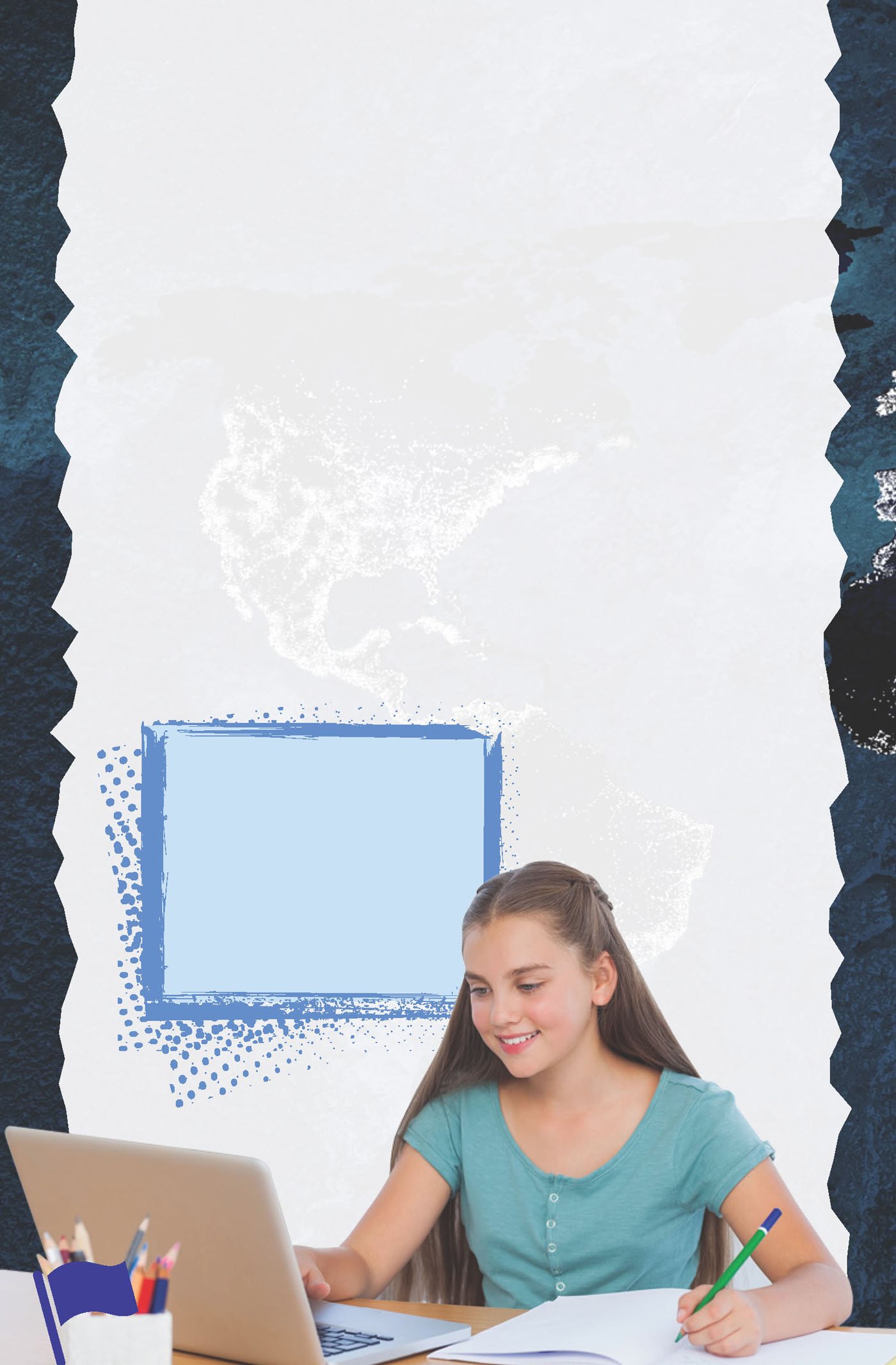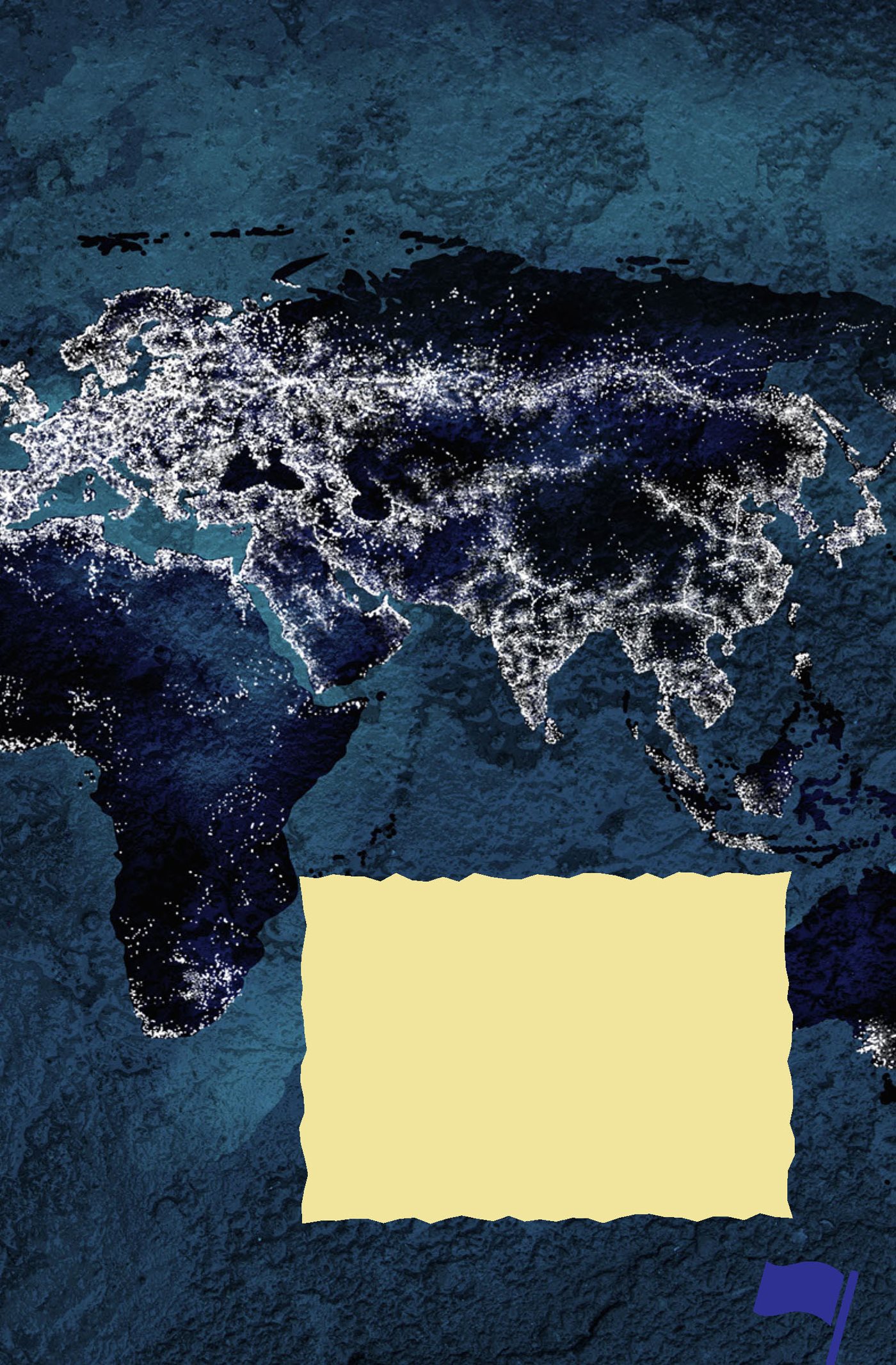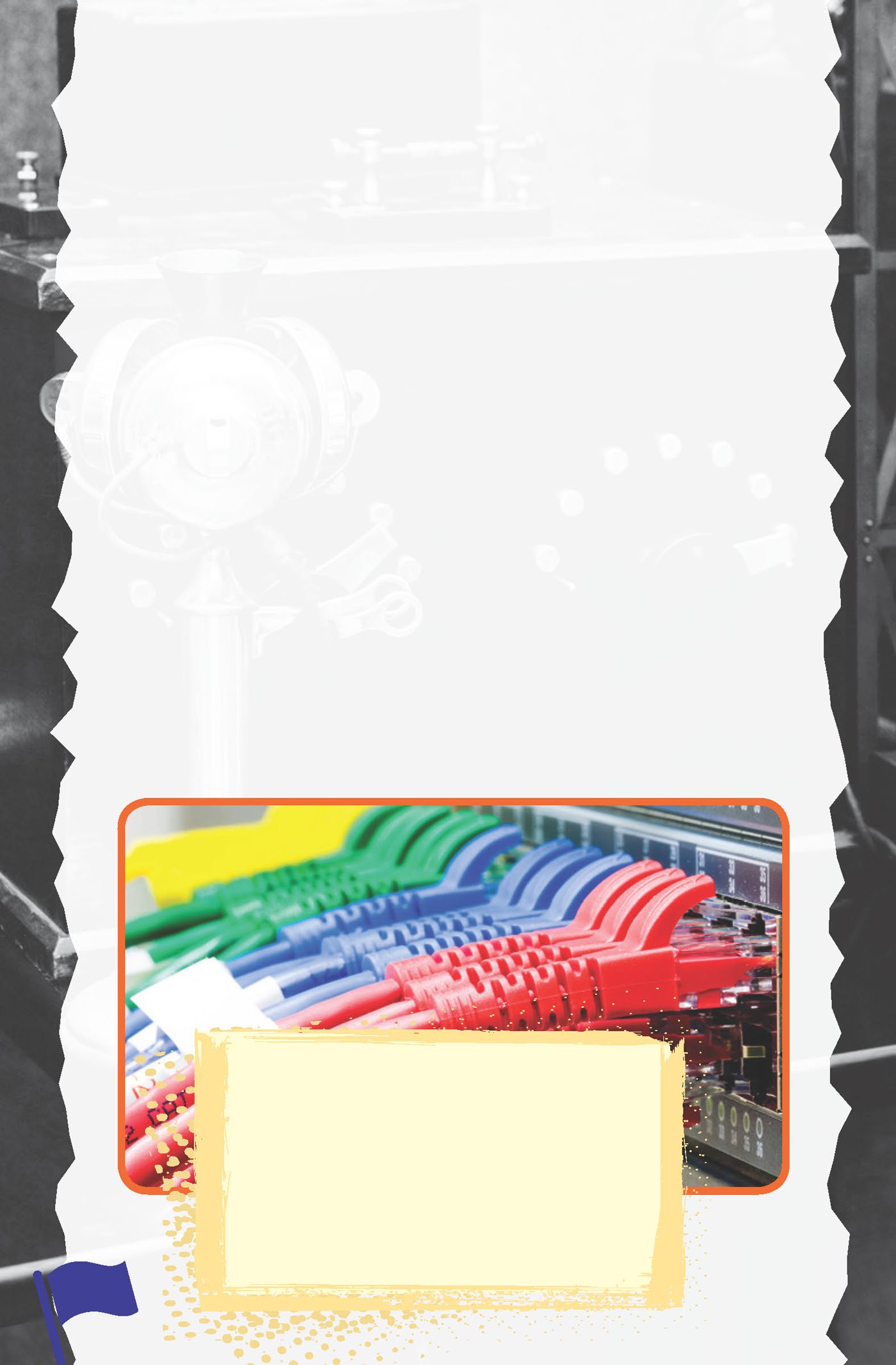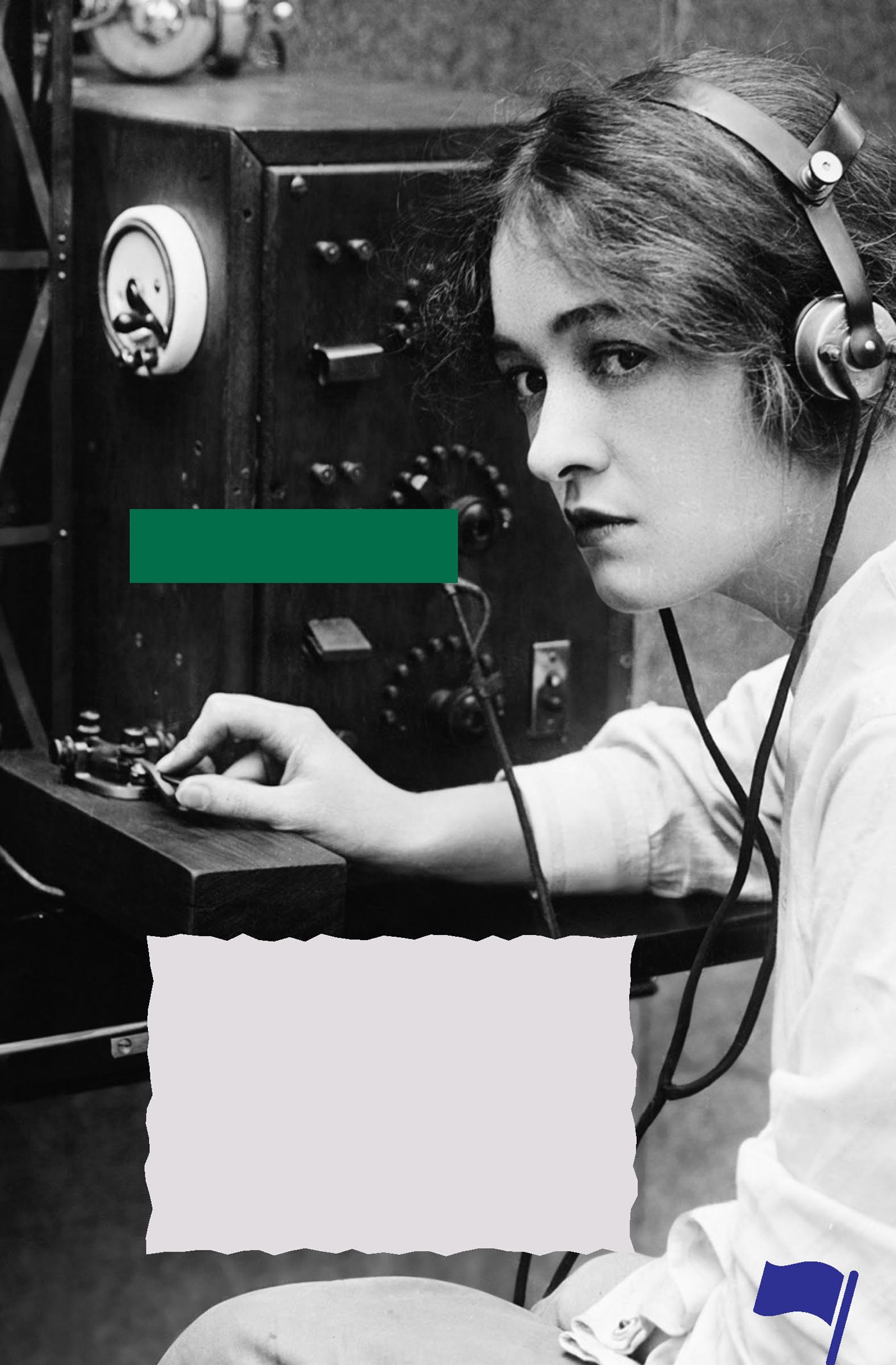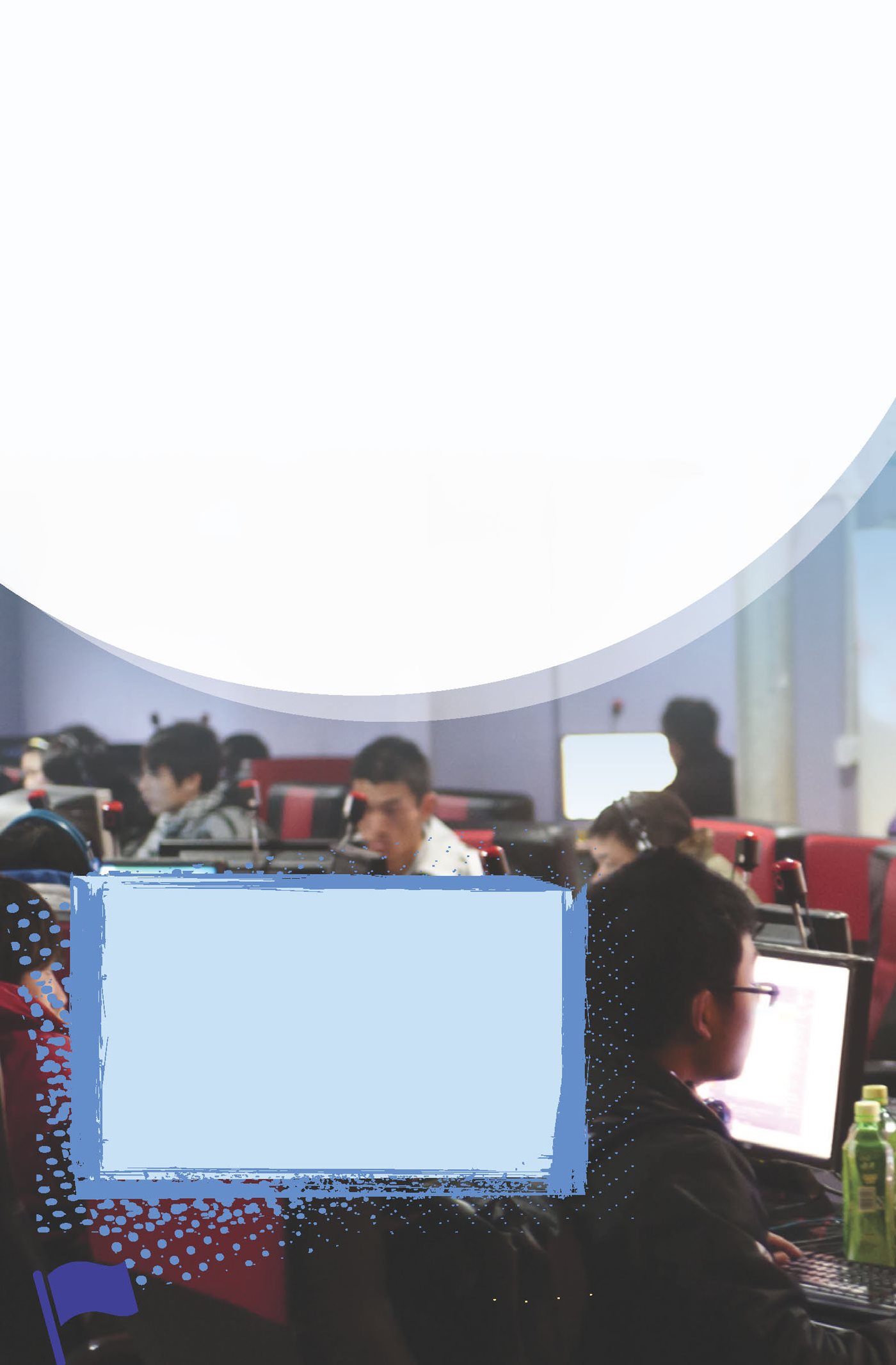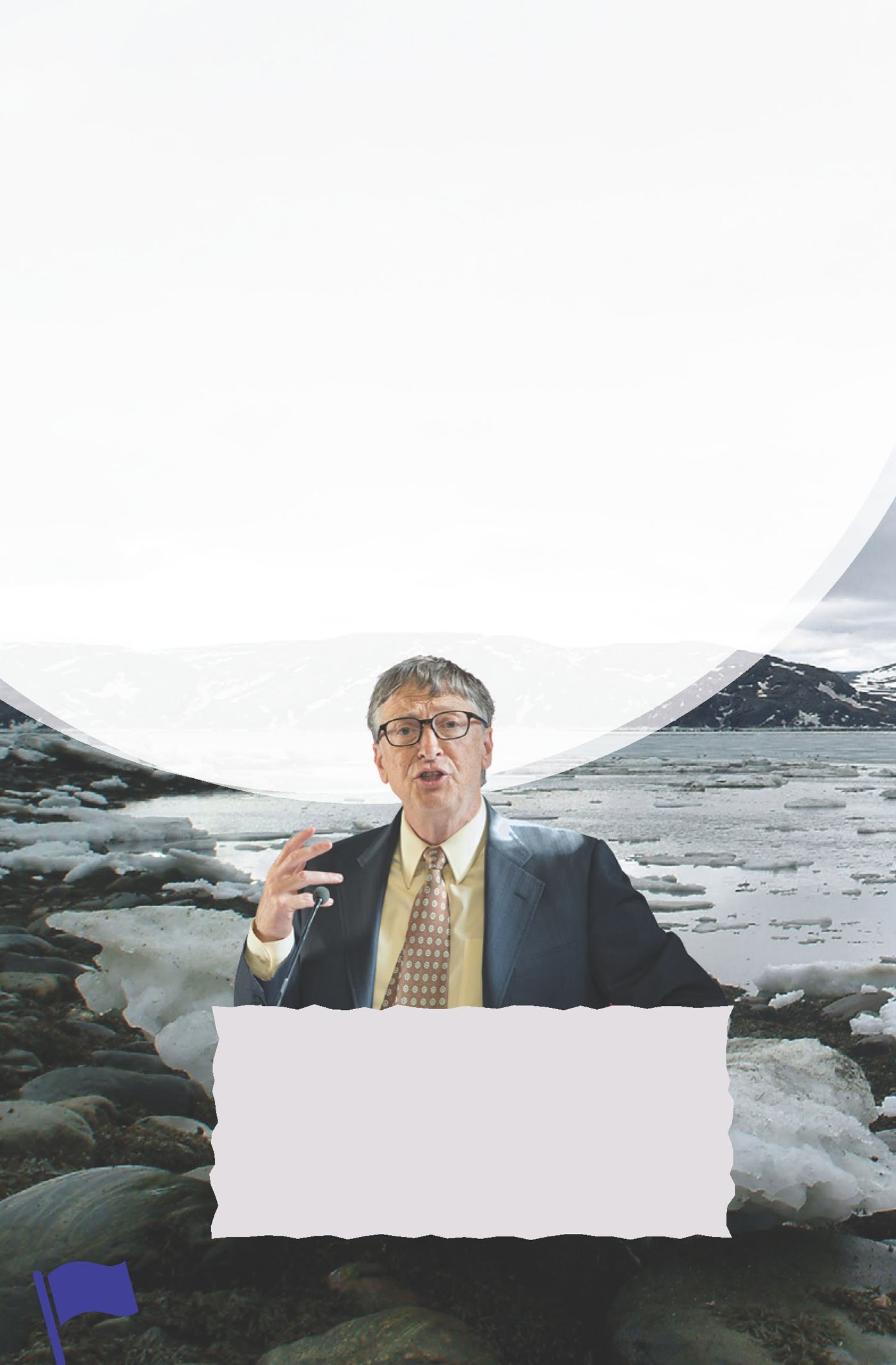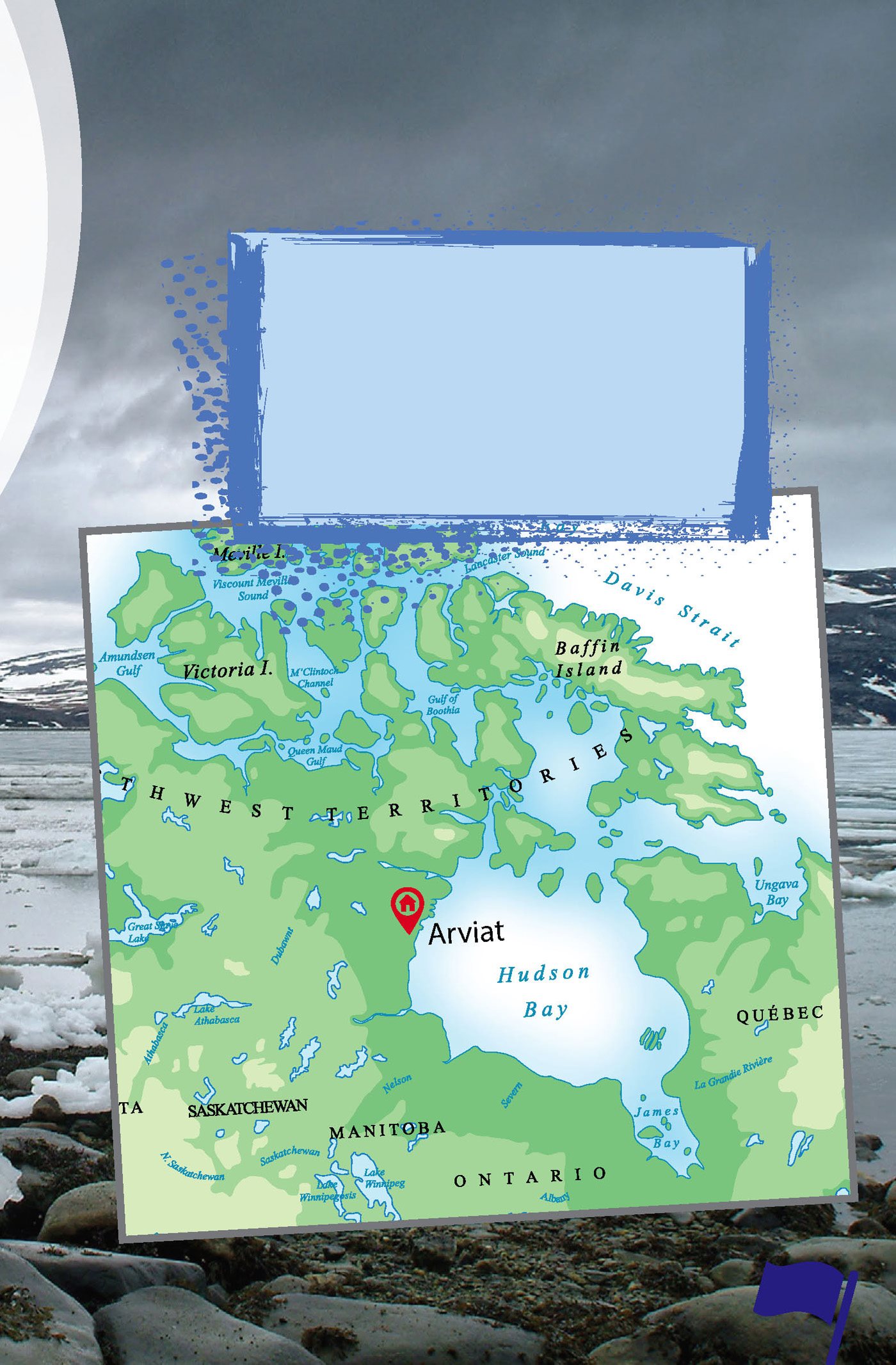David Bjerklie
Contributing Author
Timothy Pasch, Ph.D.
University of North Dakota
Publishing Credits
Rachelle Cracchiolo, M.S.Ed., Publisher
Conni Medina, M.A.Ed., Managing Editor
Nika Fabienke, Ed.D., Series Developer
June Kikuchi, Content Director
John Leach, Assistant Editor
Kevin Pham, Graphic Designer
TIME F OR K IDS and the TIME F OR K IDS logo are registered trademarks of TIME
Inc. Used under license.
Image Credits: pp.45 Sergey Nivens/Alamy Stock Photo; p.10 Frederic
Legrand - COMEO/Shutterstock.com; pp.1213, 2021 Illustrations by
Timothy J. Pasch; pp.1415 Galaxiid/Alamy Stock Photo; pp.1819 CB2/
ZOB/Supplied by WENN.com/Newscom; pp.2223 Hero Images Inc./Alamy
Stock Photo; all other images from iStock and/or Shutterstock.
All companies and products mentioned in this book are registered
trademarks of their respective owners or developers and are used in this
book strictly for editorial purposes; no commercial claim to their use is
made by the author or the publisher.
Teacher Created Materials
5301 Oceanus Drive
Huntington Beach, CA 92649-1030
http://www.tcmpub.com
ISBN 978-1-4258-4974-0
ePUB ISBN 978-1-5457-1140-8
2018 Teacher Created Materials, Inc.
Table of Contents
Looking to Connect
Imagine you are sitting in class. Are you in
the front row? Or do you like to sit in the back?
School is almost over for the day. Your teacher
gives the class a homework assignment. You will
need to use a computer. And the homework is due
tomorrow morning.
Your heart sinks because you know you will not
be able to finish it. You understand the homework,
and you want to do a good job. But you will not be
able to do the work because you cant connect to
the Internet from your home.
Open for Use
The Internet first came
to public use in the early
1990s. Since then, it has
changed the way many
students do homework.
Left Behind
Millions of children in the United States
cannot connect to the Internet. In parts
of Africa and Asia (see map above), the
numbers are also high. Some families
do not know what the Internet is. Some
cannot afford to connect. And others live
in areas that are hard to reach.
Sending Signals
It is easy to send messages today. People can
use a telephone or a computer. These inventions
took a long time and a lot of hard work to create.
But the effort was worth it. Now, communication
moves much faster.
Many years ago, people found a way to send
messages through wires. This was called the
telegraph . The first telephones also used wires.
Inventors then found a way to send messages
through the air. The first device to do this was the
radio. Then came the television. Now, images can
also be sent. We still use wires and airwaves to
send messages.
Wires and Waves
We live in a world of networks .
They carry messages, music, voices,
and video. We can use networks to
learn about the world.
A woman uses a telegraph
to send a message.
Before Text Messaging
Telegrams are similar to text messages.
But they were written in a special
shorthand code. The messages traveled
through wires. They were the fastest
way to send messages when they were
invented in 1844.
Technology gets better all the time. Even wires
get better. We now have wires called high-speed
cables . These bring the Internet to towns and
cities. Special equipment also lets people connect
to the Internet without wires. This is called Wi-Fi.
People use Wi-Fi at home. They also use it in
restaurants and coffee shops. They can even use
it on trains and planes. That means more people
can use the Internet. They use it to read and to
learn. They also use it to listen to music and to
watch videos.
Around the World
More than three billion people in the
world use the Internet. Yet there are
still more than four billion who are
not connected! But this number is
slowly changing.
Top Five
These five countries have the most people connected to
the Internet.
People use the Internet
at this cafe in China.
Making Contact
The Internet makes the world feel smaller. It
makes it easy for people to connect. You can send
a message to a friend in your town. Or you can
send messages to friends all over the world.
More people than ever are connected to the
Internet. But many people still live in places that
are too hard to reach by high-speed cable. This can
make them feel cut off from the rest of the world.
The kids who live in Arviat (ahr-vee-AHT) in the
Arctic often feel this way.
Global Village
The Internet is becoming the town square
for the global village of tomorrow.
Bill Gates, founder of Microsoft
At Home in the North
Arviat is a town on the Hudson Bay
in a part of Canada called Nunavut
(NOO-nuh-vuht). It is in the Arctic. It















